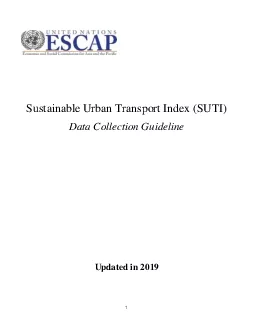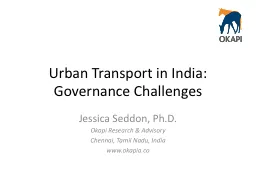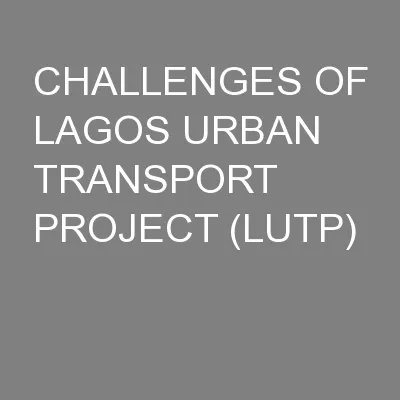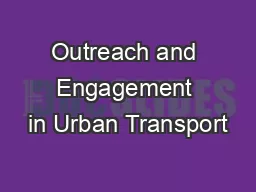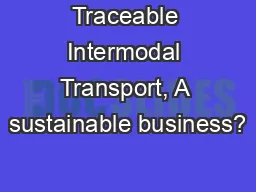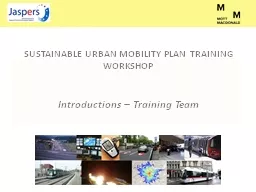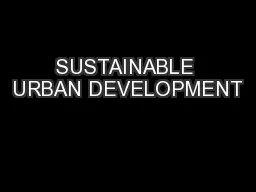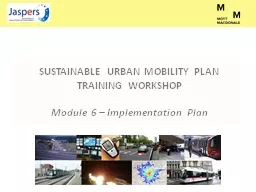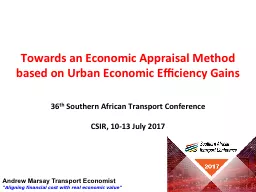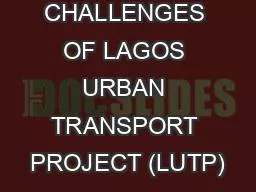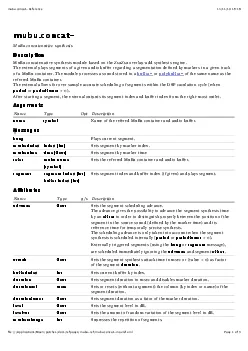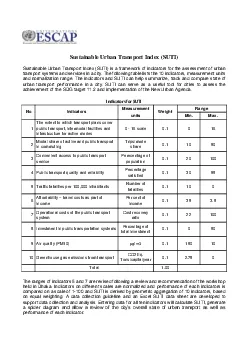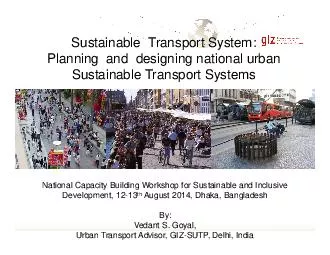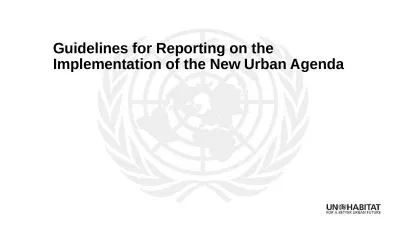PDF-Sustainable Urban Transport Index
Author : iris | Published Date : 2021-09-02
1SUTIData Collection GuidelineUpdated in 20192This report has been issued without formal editingThis Data Collection Guidelinehas been prepared to support collection
Presentation Embed Code
Download Presentation
Download Presentation The PPT/PDF document "Sustainable Urban Transport Index" is the property of its rightful owner. Permission is granted to download and print the materials on this website for personal, non-commercial use only, and to display it on your personal computer provided you do not modify the materials and that you retain all copyright notices contained in the materials. By downloading content from our website, you accept the terms of this agreement.
Sustainable Urban Transport Index: Transcript
Download Rules Of Document
"Sustainable Urban Transport Index"The content belongs to its owner. You may download and print it for personal use, without modification, and keep all copyright notices. By downloading, you agree to these terms.
Related Documents

